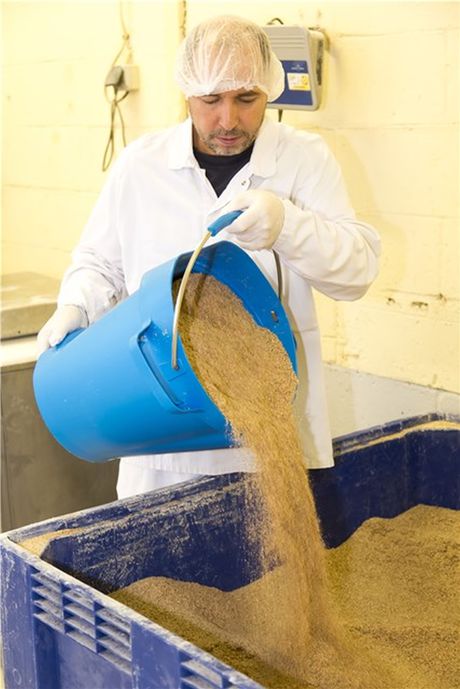Are your cleaning tools clean?

Cleaning tools do not only have to be able to do the cleaning job, their design must be such that they cannot harbour and spread pathogens.
Cleaning equipment can be a major source of contamination either through poor cleaning of the cleaning equipment or poor hygienic design (or both).
The European Hygienic Engineering Design Group gives the following criteria for cleaning equipment design:
- Free of crevices and contamination traps — smooth joins, absence of small holes, recesses and sharp internal angles.
- A smooth surface finish (Ra less than 0.8 μm).
- Easy to clean (and dry).
- One-piece construction or quick and easy to dismantle/reassemble with easy access to all areas for cleaning and disinfection.
- Made of food safe, non-toxic materials.
- Well constructed and durable.
- Non-absorbent.
- Resistant to cleaning and disinfection chemicals.
- Able to withstand temperatures experienced in dishwashing and autoclaving.
A lot of the cleaning equipment currently used in the food industry is difficult to clean. Take brushware, for example. The most commonly used construction method for brushes and brooms is drilling holes into a solid plastic block and then stapling tightly packed filaments into the holes. This creates possible dirt traps both within the holes and between the filaments.
The ability to clean the cleaning equipment itself is critical to ensuring food safety and quality, and the application of good hygienic design principles makes this possible. This may be the driver behind the new audit requirement in the British Retail Consortium (BRC) Global Standard for Food Safety v7, that “cleaning equipment shall be: hygienically designed and fit for purpose” (section 4.11.6).
The ability to quickly and easily decontaminate cleaning tools not only saves time and effort but also improves food safety, quality and shelf life. By minimising the risk of cross-contamination, the risk of product rejection and, consequently, product waste is reduced. The risk of product recall or prosecution is also reduced, thus protecting/improving company reputation and income.
Maybe it is time to critically look at the cleaning equipment in use in your facility rather than at the job the equipment does. It is essential that when choosing cleaning equipment for use where hygiene is critical, the equipment be selected with European Hygienic Engineering Design Group principles in mind.
Butter maker required sanitary measurement solution
NOSHOK developed a custom solution for a large butter processing manufacturer which included tank...
Bottle-filling physics: keeping it calm to prevent sloshing
Beverage sloshing at high filling capacities causes loss and soiling — for a better filling...
Functional ingredients feature in new product releases
From gut-friendly snacks for pets and humans to sugar-free drinks, functional ingredients are...













